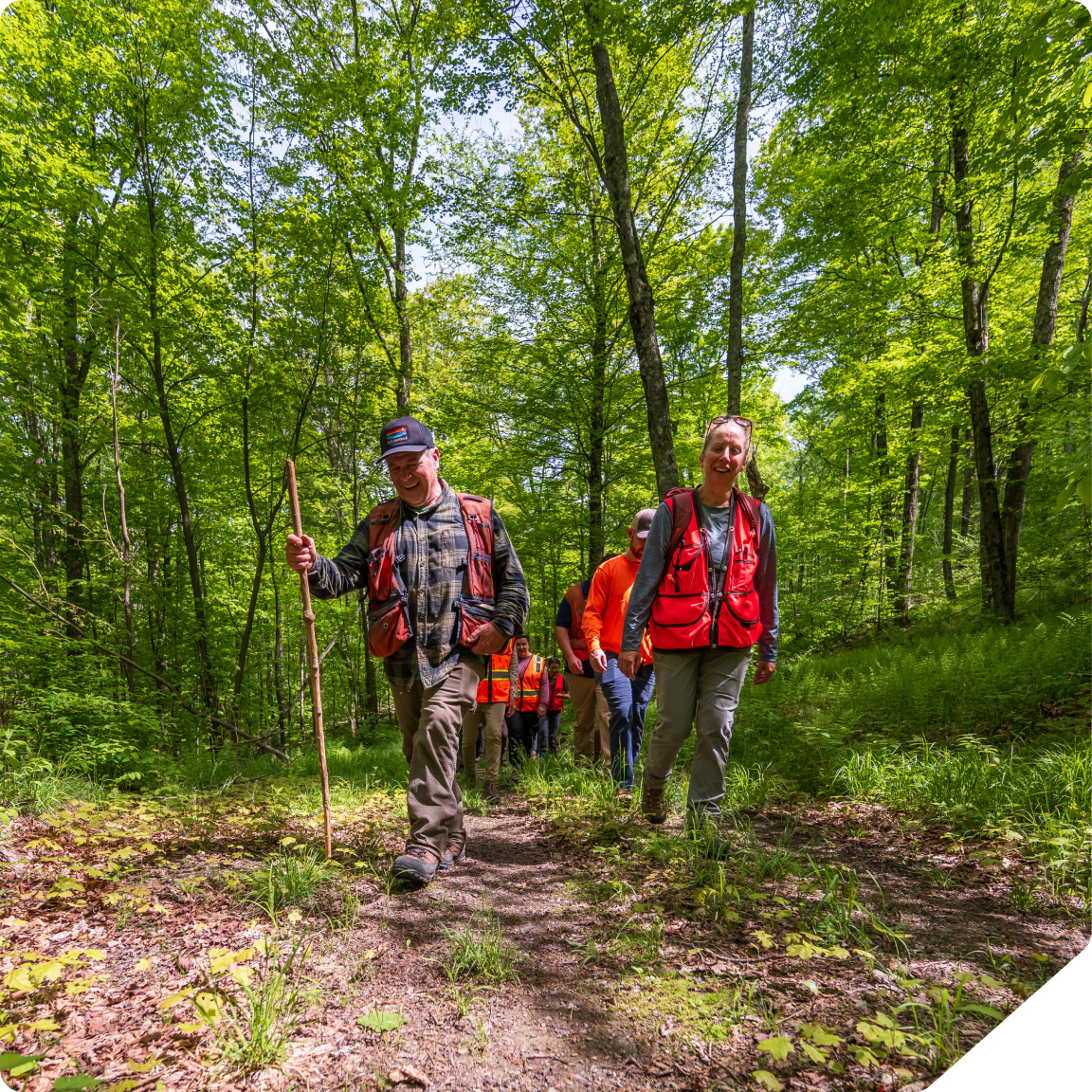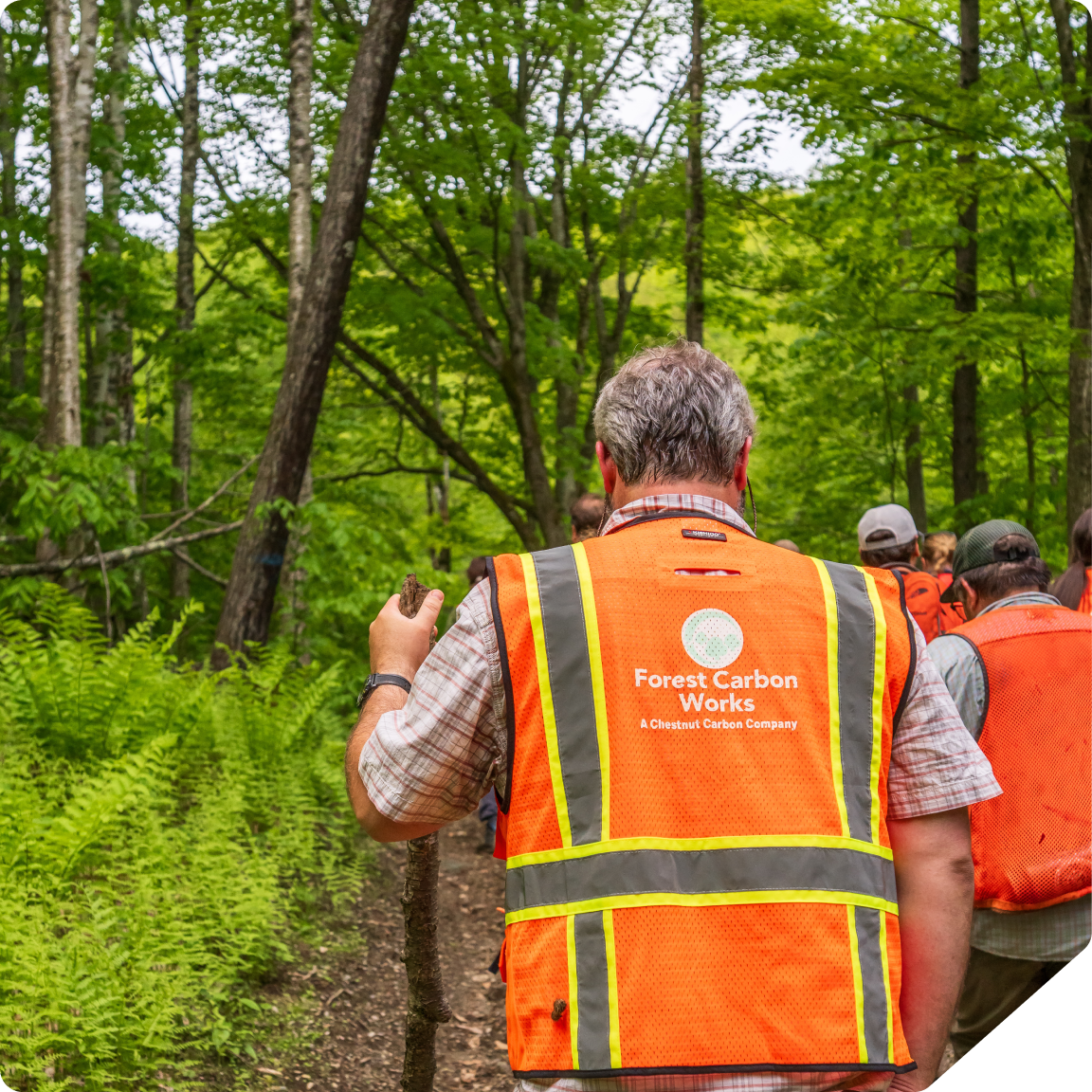Improved Forest Management
185,000+ acres of U.S. forestland conserved


Protecting At-Risk Forests

Our full-service IFM solution
Chestnut protects at-risk forests for the long-term by incentivizing private landowners to practice climate-smart forestry. When landowners enroll in Chestnut’s Forest Carbon Works program, they capitalize on market growth and fully realize carbon as a diversified revenue stream; a sustainable alternative or complement to timber sales.
We only sell carbon removal – no avoidance or reduction. We believe that removals represent the most robust and scientifically defensible pathway for carbon credits. Our credits meet the most rigorous certification criteria and demonstrate a conservative measure of climate benefit.
How it Works
Establish landowner relationships
Land screening and due diligence
Sign lease agreement
Conduct onsite inventory survey
Conduct annual verification and audit measurements
Issue credits for sale and revenue share
Key Project Pillars
We only sell carbon removal credits — no reductions — for the incremental carbon sequestered over the life of our project.
We evaluate harvest levels in the 50-mile radius surrounding enrolled land to determine harvest pressures. Our easements ensure enrolled land will be managed sustainably for the contract duration, promoting climate resiliency and enhanced carbon storage and sequestration.
Our member lease agreements impose restrictions on harvesting, ensuring carbon is stored for at least 60 years — 20 years longer than most other IFM projects.
Experienced auditors regularly visit our properties to verify the accuracy of our carbon accounting and build “trust on the ground”.
Boots-on-the-ground forest technicians use our patented MRV technology to take accurate tree inventory measurements that inform credit calculations. This allows us to serve landowners of any size, anywhere in the U.S. and scale our program more effectively.
Our benefits extend beyond just carbon sequestration. The Chestnut Carbon IFM project improves local air and water quality, maintains native wildlife habitats, creates local jobs, and promotes health and wellbeing in largely rural communities.
Backed by Experts


If you own existing forested land, you can access carbon credit markets through Forest Carbon Works, our Improved Forest Management program. We work with U.S.-based forest landowners to maximize their financial return as members of our long-term conservation program. Our team brings decades of expertise in forestry, biometrics, statistics, technology, remote sensing, and carbon project registration, and has successfully enrolled over 175,000 acres of privately-owned forestland.

Chestnut applies Verra’s VM0003 methodology and only sells removal credits sequestered from incremental forest growth annually. We do not sell reduction credits, nor do we compensate forest owners for the carbon stock existing in their trees at the time of program enrollment.
Our project surpasses industry norms for quality by designing carbon projects that are truly removal-oriented and promote extended permanence of carbon stored in trees, not for the counter-factual that all trees would have been harvested on day 1.
Frequently asked questions
View All FAQWhile VM0003 is more conservative, Chestnut made the decision to use this carbon measurement in an effort to deliver credits that meet the most rigorous standards and scrutiny, even if that means we bring fewer credits to market.
We believe that the baseline approach in VM0003 is functionally equivalent to a dynamic baseline. Dynamic baselines are attempting to resolve the historic over crediting of avoidance credits, front loaded to the first few years of a project’s lifetime. VM0003 addresses this by applying a conservative baseline averaged out over 100 years, rather than 20 years. We also elect to only sell the removals from our VM0003 project, further reducing over-crediting risk.
We use Verra’s VM0003 methodology because it promotes additional, realistic and incremental carbon removal measurements that are reflective of tree growth and demonstrate a conservative measure of climate benefit. We only sell removal credits sequestered from incremental forest growth annually. We do not sell reduction credits, nor do we compensate forest owners for the carbon stock existing in their trees at the time of program enrollment.
We evaluate harvest levels in the 50-mile radius surrounding enrolled land to determine harvest pressures. Our easements ensure enrolled land will be managed sustainably for the contract duration, promoting climate resiliency and enhanced carbon storage and sequestration.
We use Improved Forest Management (IFM) techniques and Extension of Rotation Age (ERA) to credit carbon removal. By extending rotation ages of at-risk forests through the implementation of uneven-aged silviculture, such as patch cuts, continuous thinning, or group selection practices, Chestnut increases carbon storage relative to the baseline case.
